
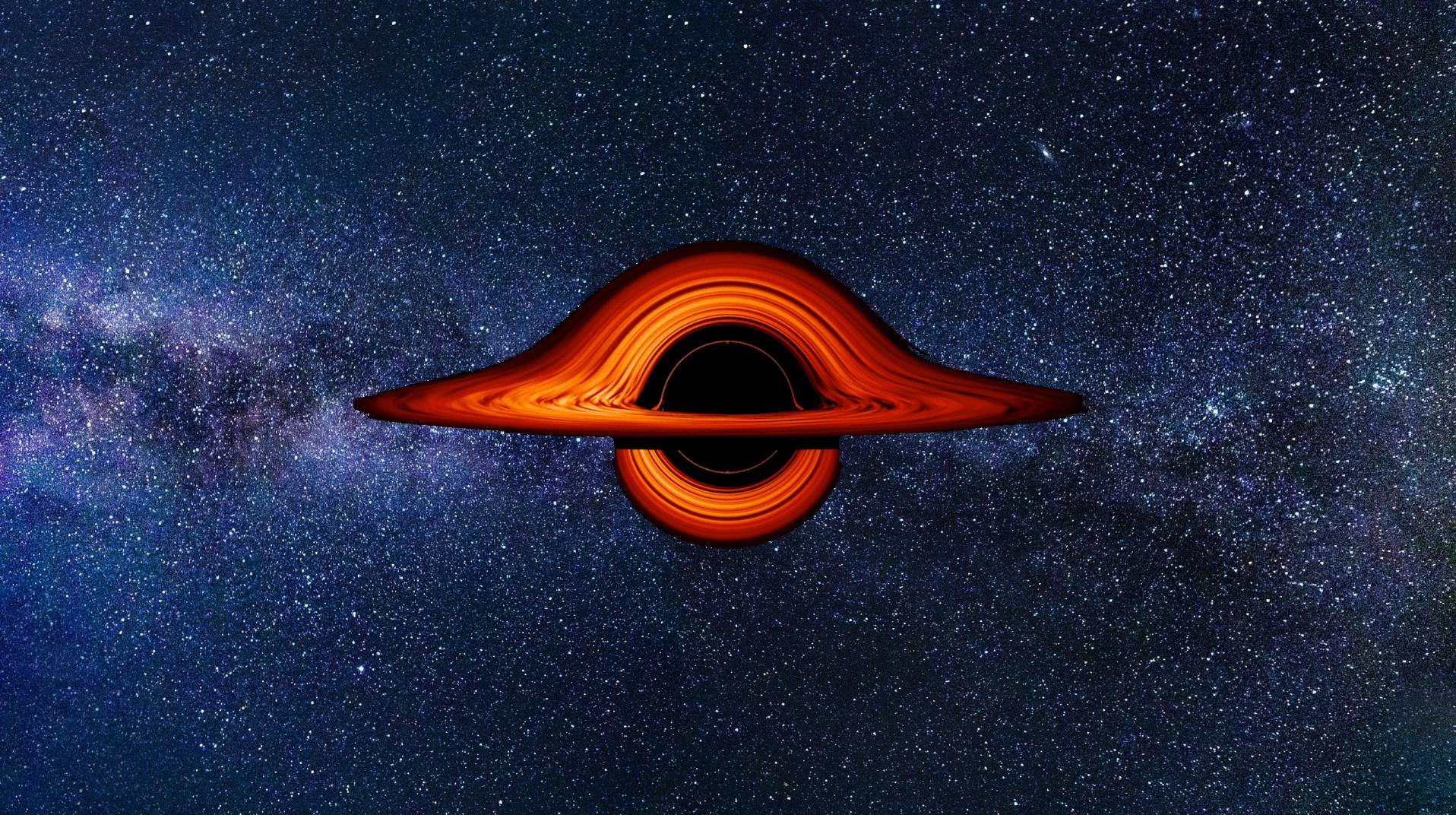
Sagittarius A*
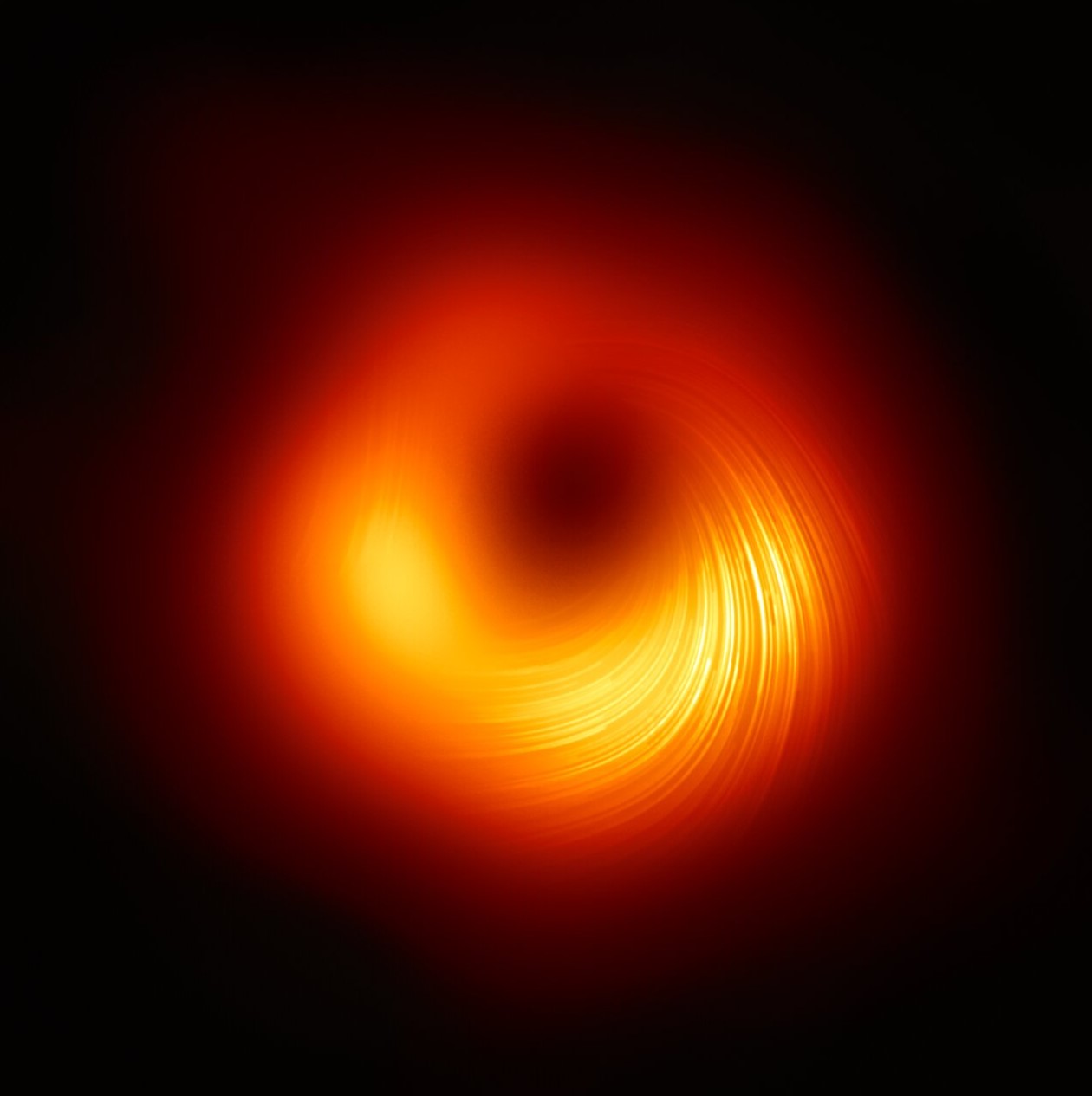
What is Sagittarius A*?
Sagittarius A*, often abbreviated as Sgr A*, stands as a supermassive black hole situated at the Galactic Center of the Milky Way. It should not be mistaken for Sagittarius A, which serves as the astronomical radio source containing this supermassive black hole. Positioned near the boundary of the Sagittarius and Scorpius constellations, in close proximity to the Butterfly Cluster (M6) and the bright star Shaula, scientists postulate that Sagittarius A* shares similarities with the supermassive objects typically found at the centers of spiral and elliptical galaxies.
What is special about this black hole?
Sagittarius A* stands out as a supermassive black hole located at the center of our galaxy, the Milky Way. Its immense gravitational influence is the driving force behind the shape and dynamics of our galaxy. As a supermassive black hole, Sagittarius A* contains a mass equivalent to millions of times that of our Sun, making it a dominant celestial object in the galactic center. The presence of this supermassive black hole is pivotal in shaping the orbits of stars, gas clouds, and other celestial bodies within its vicinity, and it plays a crucial role in the evolution and stability of the Milky Way. Understanding Sagittarius A* provides valuable insights into the formation and evolution of galaxies and the significant role supermassive black holes play in galactic structures.
Morphology
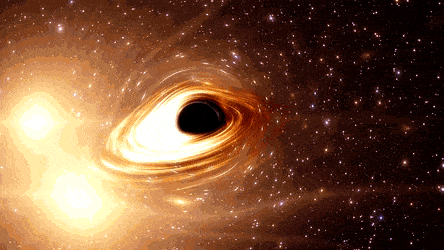
Geomorphology
The diameter of Sagittarius A* is approximately 51,800,000 kilometres (32,200,000 miles), resulting in an estimated surface area of about 8,429,647,071,818,276 km² (3,254,703,593,723,180 miles²).
Anatomy
Sagittarius A* is an extraordinary supermassive black hole located at the Galactic Center of the Milky Way. With an astonishing mass of approximately (4.154 ± 0.014) × 10⁶ times that of our Sun ((4.154 ± 0.014) × 10⁶ M☉), it exerts an immense gravitational influence on its surroundings.
One striking feature of Sagittarius A* is the presence of an accretion disk surrounding it. The disk, primarily composed of hydrogen gas equivalent to about one-tenth the mass of Jupiter (approximately 1.8982 * 10²³ tons), spans an impressive diameter of one hundredth of a light year, roughly 632.397263 times the distance between the Sun and Earth, or 632.397263 AU. It's heated to around 10,255.372 K (9,982.2°C or 18,000°F), though it gets far hotter closer to the black hole. As matter accumulates in this accretion disk, it plays a crucial role in feeding the black hole, enabling it to exert its powerful gravitational force on nearby stars, gas, and celestial objects. The study of this remarkable anatomy provides valuable insights into the behavior and dynamics of supermassive black holes at the centers of galaxies.
Location
Sgr A*, is situated approximately 26.673 ± 42 light-years (8.178 ± 13 parsecs) away from Earth. This supermassive black hole is positioned at the very center of our galaxy, the Milky Way.
Physico-chemical properties
Sagittarius A* is a remarkable supermassive black hole composed of several dust and gas clouds that orbit and fall onto it at astonishing speeds, exceeding 1,000 kilometers per second. These clouds are ionized on the surface due to intense gravitational forces. While we do not yet know the precise composition of a black hole, current scientific understanding suggests that they may contain a significant proportion of dark matter, an elusive form of matter that does not emit light or electromagnetic radiation. Dark matter is believed to exert a strong gravitational pull, contributing to the immense mass and gravitational influence of Sgr A*. As research on black holes and dark matter continues, further exploration of Sgr A* provides a unique opportunity to deepen our understanding of the mysterious cosmic entities that shape the dynamics and structure of galaxies.
Temperature
Sagittarius A*'s accretion disk exhibits an intriguing temperature range, with hot gas temperatures reaching around 10,000,000 K (9,999,726.85°C or 17,999,540.33°F) and cold gas temperatures hovering around 10,000 K (9,726.85°C or 17,540.33°F). This vast temperature contrast within the accretion disk is a result of the intense gravitational forces and energy released during the matter's gravitational collapse onto the black hole.
Age
Based on the estimated age of the Milky Way, which is approximately 13,610,000,000 years old inEarth years, Sagittarius A* is believed to be roughly the same age. This age estimation is crucial in studying the formation and evolution of both the supermassive black hole and the galactic center. It provides valuable insights into the early history of Sgr A* and its role in shaping the dynamics of the central region of the Milky Way galaxy. Further research on its age can contribute to our understanding of the formation of supermassive black holes and their role in the evolution of galaxies.
Force fields
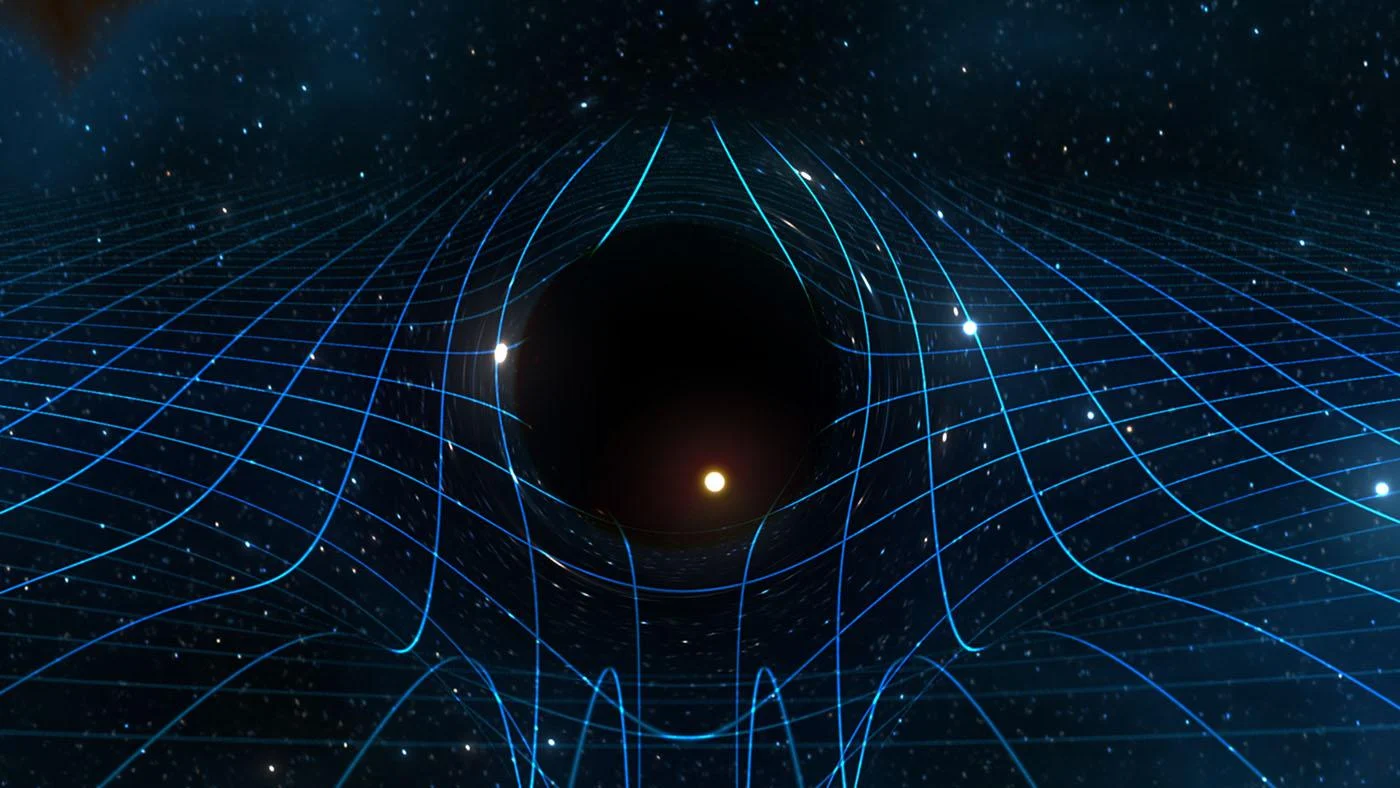
Gravitational force
Sagittarius A* exerts an immensely powerful gravitational force due to its tremendous mass and concentration of matter. The intense gravitational field results from the bending of spacetime around the supermassive black hole, creating a region where the force of gravity is exceptionally strong. The exact value of this gravitational force is not yet fully known, but its influence is evident in its ability to influence the motion of nearby stars, gas, and other celestial objects within the galactic center.

Magnetic field
Astronomers have detected the presence of a magnetic field just outside the event horizon of Sagittarius A*, the supermassive black hole at the center of our galaxy. However, the exact strength of this magnetic field is still not fully known. The presence of a magnetic field in this region has important implications for the behavior of matter and radiation near the black hole and influences the dynamics of its surrounding environment.
Motions
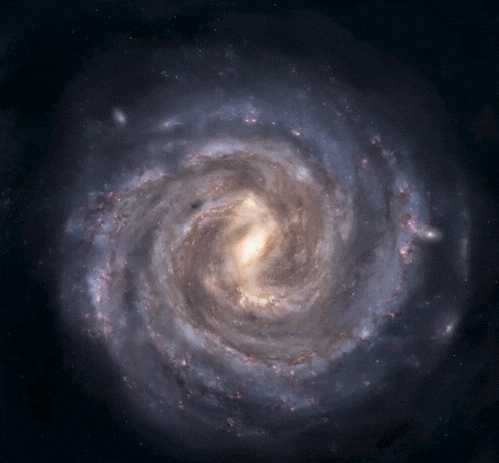
Orbit
Sagittarius A* holds a crucial position at the center of our galaxy, the Milky Way. As the supermassive black hole at the heart of our galaxy, Sagittarius A* exerts a powerful gravitational influence on the surrounding stars, gas, and other celestial objects within the galactic center. The Milky Way itself is part of a larger structure known as the Local Group, which consists of several galaxies interacting with one another. The Milky Way, along with other galaxies in the Local Group, orbits around a common center of mass, resulting in an intricate orbital dance among galaxies that contain supermassive black holes.
Rotation
The rotation of Sagittarius A* is still a subject of ongoing research, and the only known aspect is its impressive speed, rotating at approximately less than 10% of the speed of light, equivalent to about 29,979.2458 km/s (18,628.23970512 miles/s), this corresponds to a spin speed at the event horizon of 0.1 c, which is considered rather fast. However, it's common for supermassive black holes to have spins greater than 0.51. The proper motion of Sagittarius A* is the apparent motion of the object across the sky. It is approximately −2.70 milliarcseconds per year for the right ascension and −5.6 milliarcseconds per year for the declination. This astounding rotational speed highlights the immense mass and energy concentration of the supermassive black hole.
Author: William Homier
Editor: William Homier
Sound credit goes to Dillon Dickerson.
This page was last edited on 25 July 2023, at 13:19 (HAE).
Sources:

